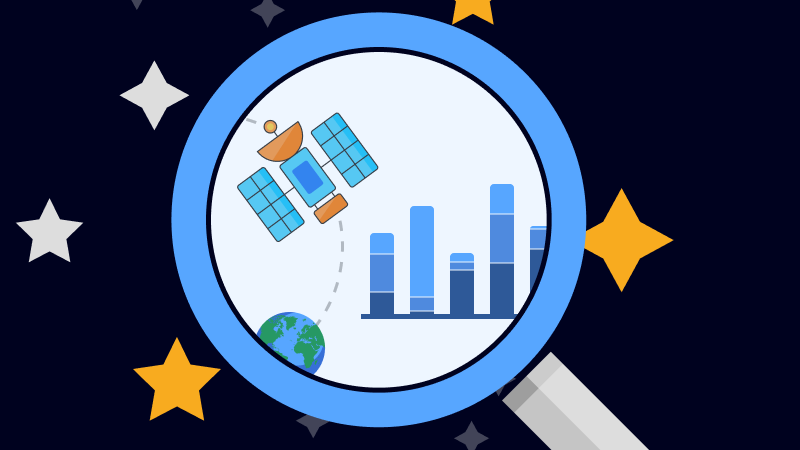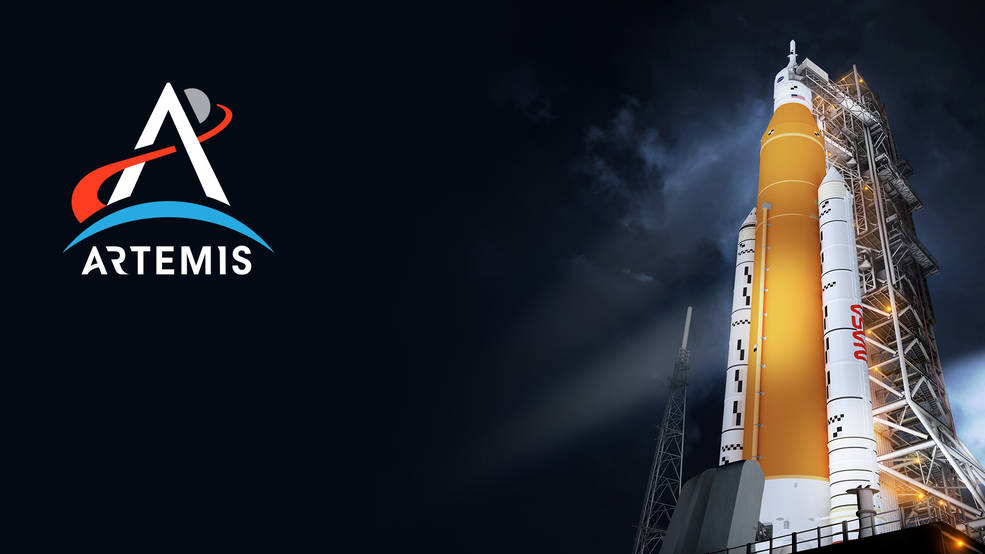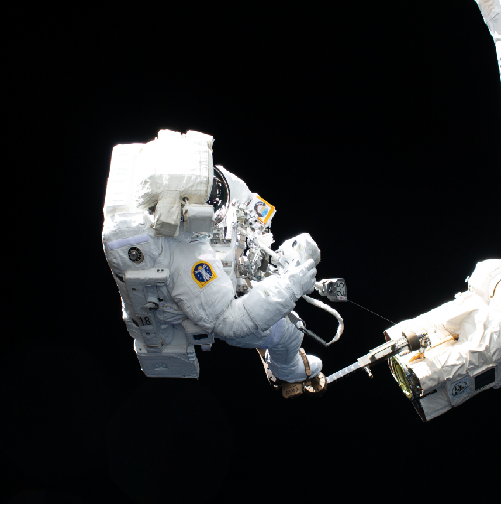Day of Data: Rockets - a NASA and Microsoft Hacking STEM collaboration
Celebrate data with NASA and Microsoft!
We're excited to collaborate with NASA to bring you the Day of Data: Rockets program, where your students explore how data powers our astronauts, our space missions, and our world. Celebrate data with on-demand conversations with astronauts, lesson plans, and virtual experiences. Prepare your students for the future by tapping into their creativity and curiosity with NASA and Microsoft Hacking STEM. Take them on a journey to outer space!
The Artemis rocket is about to launch! Enjoy some updates to the Day of Data: Rockets curriculum incorporating Artemis.
Immerse your students in a fun and interactive data science project as you celebrate your own Day of Data. Choose from two 50-minute activities that are suitable for remote learning. Two levels are offered, depending on your students’ comfort with data, to meet them where they are and get them excited! Your students can explore data in a self-paced Excel workbook, participate in supplemental activities like sending a postcard into space, and have the option to reflect on their experiences using Flip. Don't forget to check out the video overview of each workbook to get started!

Stage 1 - Introduction to Data
Launch your students on their data exploration journey with a self-paced, online Excel activity that introduces beginning concepts for understanding and using data.
Age: 8-12 years old
Length: 50 minutes
Lesson highlights:
- Introduction to data and types of data
- Understand how data can be organized and sorted with tables
- Experience how data can be visualized with a chart to gain valuable insights
- Document student learning in a Flip video and a reflection journal
Learning standards:
- NGSS 5-PS1-2. Measure and graph quantities such as weight to address scientific and engineering questions and problems.
- CCSS.Math.Content.3.MD.B.3. Draw a scaled picture graph and a scaled bar graph to represent a data set with several categories. Solve one- and two-step "how many more" and "how many less" problems using information presented in scaled bar graphs.
- ISTE 5b. Students collect data or identify relevant data sets, use digital tools to analyze them, and represent data in various ways to facilitate problem-solving and decision-making.
Resources:
Open Stage 1 Excel workbook and lesson plan

Stage 2 - Introduction to data visualization
Launch your students on their data visualization journey with a self-paced, online Excel activity that introduces them to visualizing data using charts.
Age: 10-15 years old
Length: 50 minutes
Lesson highlights:
- Introduction to common chart types and their purpose
- Experience how simple charts can be used to gain insights when you have two data categories
- Explore how more complex charts can be used to interpret data when you have three data categories
- Document student learning in a Flip video and a reflection journal
Learning standards:
- NGSS MS-ESS1-3. Analyze and interpret data to determine similarities and differences in findings.
- CCSS.MATH.CONTENT.7.RP.A.2. Recognize and represent proportional relationships between quantities.
- ISTE 5b. Students collect data or identify relevant data sets, use digital tools to analyze them, and represent data in various ways to facilitate problem-solving and decision-making.
Resources:
Open Stage 2 Excel workbook and lesson plan
Lesson plan principles
The lesson plans are built using these principles:
- Relevance. Data Science is one of the fastest growing professions (Bureau of Labor Statistics), every industry needs data analytics – including business in all sectors, healthcare, education and every form of social programming. Inspiring the advance of NextGen’s data analytics skills is to stimulate reasoning, discourse, and decision-making, ultimately creating a smarter world for us all.
- Equity for All. Multimodal, dynamic, scaffolded instructions support learners at multiple readiness levels and from diverse backgrounds.
- Accessibility. Designed to open doors to student participation in the data science revolution, these lessons are supported on any internet-enabled device. Use a larger screen (laptop or desktop) for the best experience.
- Aligned to Standards. All activities are aligned to key Next Generation Science Standards (NGSS), Common Core State Standards for Mathematics, and International Society for Technology in Education (ISTE) standards.
Lesson supplements
Customize the Rockets program for your classroom! Mix and match with these fun supplemental activities and get your students excited.
- Send a postcard into space with Blue Origin's Club for the Future. This curriculum is standards-aligned and encourages students to think about a future of life in space to benefit Earth. After completing this activity, students get a special space-flown keepsake.
- Learn about rockets and rocket science with NASA. With a variety of classroom activities ranging from building a paper rocket to learning about rocket payloads, NASA activities are appropriate for students ages 5 to 18.
- Discover your own insights with a large rockets-based data set in Excel. Explore, visualize, and analyze big data.

Launch Artemis I
The Artemis I Rocket is soon to launch and the Artemis missions will eventually land the first woman and first person of color on the moon. Check out these fun and educational Artemis-themed activities!
- Learn more about Artemis and why we're going back to the moon.
- Celebrate the Artemis launch with a virtual meeting background. Save the image and then change your Teams background.
- Create an Artemis bookmark with fun facts like rocket height and travel speed.

Hear from astronauts, rocket scientists, and space tourists!
Thank you to everyone who was able to join our live events! Show your students these recordings to supplement lessons with real world examples of how people from industry use data:
- Live event #1 (filmed October 14, 2020): Meet astronaut Stephen G. Bowen, engineer Christine Reilly, and engineer Erik López as they speak about the impact data had on their careers.
- Live event #2 (filmed November 2, 2020): Astronaut Richard R. Arnold II, engineer Christine Reilly, and engineer Jason Bush answer questions from students about their experiences and careers.
- Live event #3 (filmed November 18, 2020): Astronaut Charlie Duke and space tourist / Excel founder Charles Simonyi speak with Elaine Ho from NASA about their experiences living in space and working with data.

Want more?
You can integrate other hands-on STEM projects into your classroom! Try projects such as building a robotic hand, making a battery out of a lemon, or measuring water quality. Visit https://aka.ms/HackingSTEM to learn more.
Have feedback?
We would love to hear your thoughts on the Day of Data: Rockets materials! Let us know what works well for you, what could be better, and what you'd like to see in the future.
Teacher resources
Feedback
Coming soon: Throughout 2024 we will be phasing out GitHub Issues as the feedback mechanism for content and replacing it with a new feedback system. For more information see: https://aka.ms/ContentUserFeedback.
Submit and view feedback for